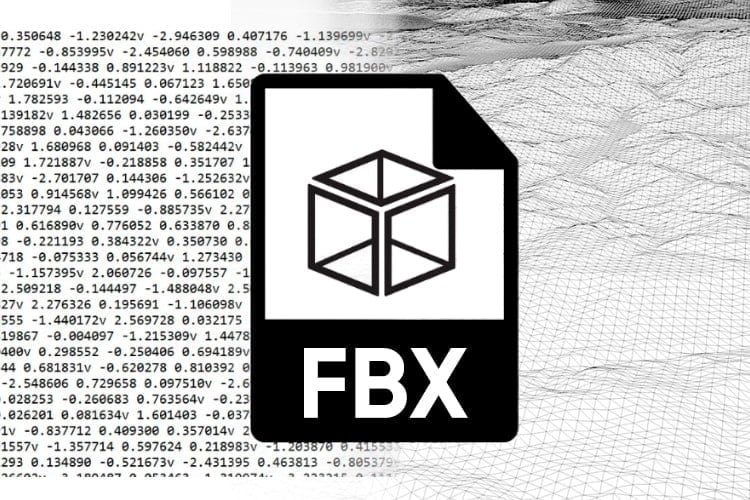The FBX (Filmbox) file format is among the many file formats used in 3D modeling and graphic design software. Initially developed by Kaydara in 1996, FBX is now owned by Autodesk.
At present, the FBX format remains proprietary, accessible only through software development kits (SDKs) compatible with this file format. An SDK enables a program to correctly interpret the file, and it can be obtained based on C++ in Autodesk or Python in Blender.
In this article, we delve into the FBX file format, exploring its capabilities and comparing it with other file types. We’ll also examine its applications in Computer-Aided Design (CAD) systems and 3D printing.
CAPABILITIES AND FEATURES
The FBX file format boasts numerous useful features. One of its most prominent capabilities is its handling of special effects. Similar to formats like OBJ and DAE (Collada), FBX can manage and store special effects data for 3D models, including:
- Textures
- Colors
- Lighting fixtures
- Effects (e.g., fog)
However, FBX files can contain more model information than OBJ files. For instance, they can store scene information and animation, which OBJ files cannot. This versatility makes FBX an excellent choice for graphic development.
Another FBX feature, also found in OBJ, is the ability to store model positioning and topography data. This function enhances the accuracy of FBX model dimensions and allows for complex modeling operations like surface subdivision or linear skinning.
The FBX format supports NURBS functions, including surfaces and curves. NURBS stands for Non-Uniform Rational B-Spline, representing a precise mathematical calculation of digital curves or surfaces. This attribute enables FBX models to handle intricate and irregular geometry, in contrast to OBJ files that rely on more basic geometry.
COMPATIBILITY
Through the FBX file format, 3D models and associated data (such as textures and lighting) can be transferred across different platforms. Effects stored within these files can be transferred between software programs if both programs support these effects.
LIMITATIONS
However, the FBX file format comes with certain limitations. Unlike the DAE format, FBX is a proprietary or “closed” format, meaning it only works with programs featuring SDKs compatible with FBX files.
While FBX files have a binary format that enables quick loading (reading and interpretation), they tend to be larger in size, making them less portable due to their space requirements. Just like with OBJ files, utilizing complex modeling and topology tools in FBX models can slow down loading in other programs. Although this file format typically loads swiftly, loading times might vary based on the modeling features used in the FBX file.
APPLICATIONS
Computer Graphics
FBX’s advantages are particularly suited for graphic design, especially due to its ability to handle textures, lighting, scene information, and more. Therefore, FBX files are frequently used for animation and game development.
For example, Autodesk commonly employs this format for middleware in video game development. Beyond Autodesk software, FBX files are compatible with many other CAD programs, including TurboCAD, Cinema 4D, and Blender, although external SDKs or plugins might be necessary to open FBX files.
3D Printing
Technically, all 3D object files can be 3D printed, but FBX files pose more complexity. Unlike OBJ files, which are easier to load into slicers for printing, not all slicers can handle FBX files. For 3D printing, converting an FBX model to a format more suitable for printing, like STL, might be advisable.
Note that converting to another format retains only the functions used in the target format. Thus, the exported file might not preserve functions and information unique to FBX. It’s crucial to keep the original FBX files and, when printing is required, generate a transformed file for ease of printing.


